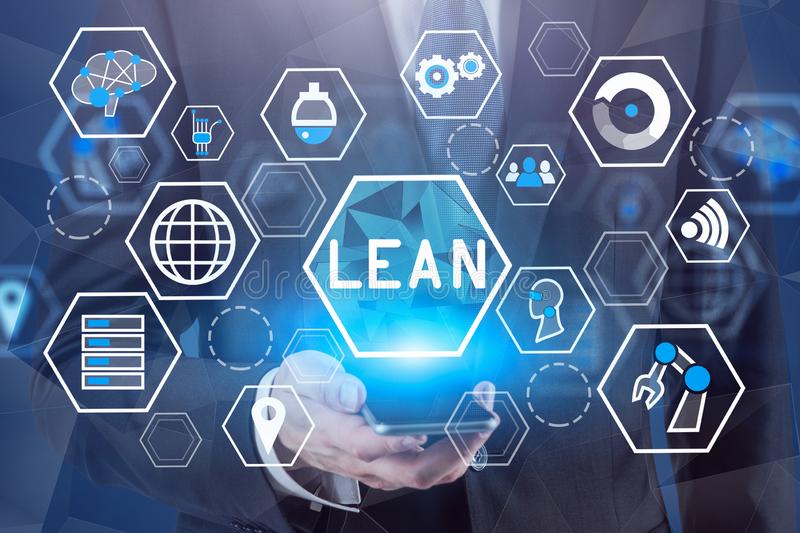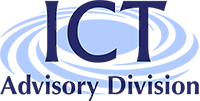- September 15, 2021
- Posted by: Aurora Picco
- Category: Senza categoria

How to avoid digital muda
In recent years, considering digitalisation as part of business strategy has enabled organizations around the world to revamp their business models. The application of new digital technologies has produced extraordinary results in a short time, generating integration both at a vertical level, i.e. in the relationship between man and machine, and at a horizontal level, i.e. in the supply chain.
Alongside stories of success, there are many realities in which the challenge of digitisation clashes with a cultural approach which is closed to the re-engineering of processes (not only production processes) in order to maximize the value generation. These are realities in which the traditional approach by functions, i.e. by single operation instead of the whole process, leads to management aberrations with disproportionate times of processes crossing, ineffective communication, late feedback, low staff motivation and related sense of frustration.
What is Lean Thinking
Lean Thinking is an operational strategy aimed at increasing efficiency and eliminating waste in processes. Initially born in Japan in the automotive sector in the first half of the last century thanks to the revolutionary approach of Taiichi Ohno, it is now universally recognized as valid for the most diversified sectors and areas. The five simple application principles which it is based on are as follows:
- Value (i.e. identification of the value offered to the customer, fighting the muda – i.e. waste – that lurks in processes)
- Value stream (i.e. mapping of the value flow, in a systemic processes vision )
- Flow (i.e. to make the stream to flow, giving visibility and organicity to the entire business process)
- Pull (i.e. to bind supply “tightly” with demand)
- Perfection (to strive for perfection to achieve excellence)
The Lean Thinking toolbox consists of a series of methodologies developed over the years to facilitate the implementation of solutions based on the above principles. These include the 5S (in oder to optimize work standards), TPM (Total Preventive Maintenance, aimed at maintaining high machinery and systems operating efficiency ), kanban (as a method of implementing a pull-type logic in the supply chain) or kaizen (for the continuous and gradual improvement of a specific activity), just to name a few.
Among these tools, the most powerful is probably represented by Value Stream Mapping, that is a method of graphically displaying the value chain of a certain process. Mapping graphically all the operations and activities which contribute to the realization of a product or a service, you can highlight those phases which generate value for the customer (ie “something” for which the customer is willing to pay) and those that create a pure waste, the muda precisely (e.g. excess production, waiting times, transport, inventory, underutilization of resources, etc.. ). The analysis of the current map of value allows to identify opportunities for improvement and to redesign the future map of value creation, intervening in an organic way on the entire flow and not on the single slice of the process.
VSM allows to focus on the whole flow instead of on the single operation/activity, to understand the real bottleneck of each process (i.e. the slowest operation which affects the whole sequence), to reduce lead-time and to improve the use of resources. It is therefore evident the potential of this tool in the re-engineering of processes.
Digital & Lean Transformation
The combination of lean thinking and the 4.0 digital revolution can allow the manufacturing world to recover a strong efficiency and competitiveness, avoiding “wastes digitising”. In other words, if it is true that digitisation is to be considered a strategic imperative for all companies in order to continue to compete in an industrial world in continuous and rapid evolution, on the other hand it must be considered that, if it is not carried out within a broader framework of application of the principles of lean thinking, it ends up emphasizing waste and inefficiencies in processes. Here are some examples of a “one-size-fits-all approach” to digitization that can only result in an increase in waste (in this case, we talk about digital muda):
- Are your business processes not working? Let’s change the ERP (Enterprise Resources Planning) management system to manage day-to-day activities such as accounting, purchasing, logistics, etc..;
- Is the level of products in the warehouse high? Let’s buy the latest version of the automated vertical warehouse;
- Are the machines in plant not efficient? Let’s introduce a Manufacturing Execution System (MES) and collaborative robots into production.
- Are customers unsatisfied with the level of service? Purchase a CRM (Customer Relationship management) to improve your relationship management with them.
In reality, technology alone will not solve these problems.
Digitilising must mean to accelerate what we already know how to do and, in this sense, the principles of Lean Thinking are the enabling system of the Digital Transformation, to allow us to move from traditional industry to the smart factory.
Defining digital and lean business transformation means instead:
- To analyze the current business process value chain;
- To identify pockets of inefficiency in terms of activities with no or little value creation;
- To redefine the flow in order to maximize value creation, make processes more efficient, faster and more flexible and to improve the active and proactive involvement of human resources;
- To identify the enabling technologies functional to the implementation of the new value strategy and to graft them onto powerful processes that serve the business and customer value;
- To define and implement an organic improvement plan, with short, medium and long-term activities.
All this must be inserted into a context of stable and powerful processes (i.e. with defined and complete operating standards) and open-mindedness to change (and to the sacrifice that, inevitably, any real structural change entails in the transition phase) on the part of the entire company, but first and foremost on the part of the ownership and top management.
The benefits of such an approach for companies are many:
- Faster processes, i.e. reduced lead-times, thus greater operational flexibility;
- Productivity improvement of the employed resources (concerned as the ratio of value created for the customer to the factor used), for example of labour rather than financial resources or tangible assets;
- Reduction of fixed assets and obsolescence risks;
- Faster reaction times to deviations;
- Improved customer service;
- Increased staff satisfaction and motivation.
It is a fact that companies that have embraced such a digital and lean approach are able to show a better return on invested capital and a better ratio of net financial position to EBITDA. In other words, they are more efficient, more profitable and equipped for the challenges of the future.
ICT proposal
ICT has a professionals team able to support the client company in the re-engineering of its own processes in a lean and digital perspective, with the objective of improving the company performances combining Lean Thinking and Process Digitisation.
The innovation management , the knowledge of the technological opportunities and of the enabling solutions in view of Industry 4.0, the know-how of the Lean Thinking tools and the ability of an organic and medium-long term approach to the company vision are the main competences that ICT puts at its clients’ disposal.
Here are some examples of activities that ICT deals with in this field, in cooperation with its partner company Gruppo 2G S.p.A. (www.gruppo2g.com):
- Critical review of the value chain through the Value Stream Mapping methodology, within a Gap Analysis activity lasting from 2 to 5 days (depending on the size and complexity of the company or of the single process analysed) aimed at identifying areas of improvement, defining a hierarchy of recommended interventions and the relative action plan;
- Flows reorganization and optimization of the same also by means of enabling technologies such as Blockchain, Cyber Security, Internet of Things, Big Data & Analytics as well as the revision of ERP and MES systems in lean key;
- Analysis and review of the business model, design of a strategy for continuous improvement also based on digital and accompaniment in its implementation;
- Staff training in digital and lean techniques, with classroom courses and practical application exercises on concrete problems. Among the courses offered are:
– Digital transformation in the manufacturing sector
– Industrial Internet of Things
– Cloud Computing
– Big Data & Analytics
– Blockchain & Smart Contracts
– Information Security
– Basic principles of Lean Thinking
– Lean Supply Chain
– Value Stream Mapping Methodology
– Kanban, Pull System and “One Piece Flow”
For more information about these topics, please get in touch with us calling at +39 (0)121 376811 or writing to info@consulting-trading.com.
